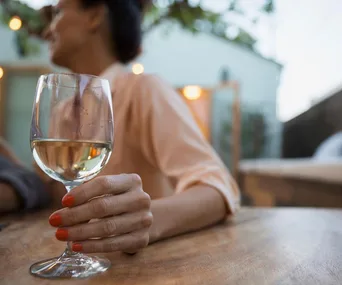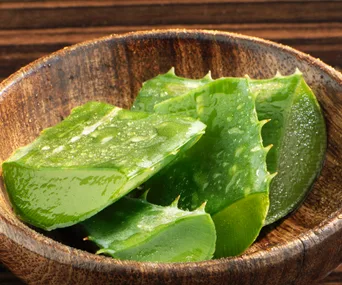I am a carnivore. I love me some meat. But even I can’t ignore the niggling feeling in the back of my mind that there must be a reason why seemingly every single other person in the world has started counting their grams of protein.
The past few years have felt like a veritable vegan vortex. We couldn’t move for celebrities and pundits alike jumping on the no-meat trend.
But where veganism doesn’t allow for… basically anything (the strictest of vegans even adhere to a no honey rule because it essentially comes from an animal), being a flexitarian is, as the name alludes, a whole lot more flexible, and potentially a lot more realistic than waving goodbye to burgers forever.
Maybe that’s why the number of people who identify as flexitarian has recently taken a massive leap, with studies indicating that sales of vegetarian foods are predicted to grow by 10 per cent this year, while 35 per cent of those in the UK now call themselves flexitarian.
So what exactly does being a flexitarian entail, is it good for you and how do you actually do it? Let’s find out.
What is a flexitarian?
It’s basically when you mostly don’t eat meat but sometimes do. Except it’s a lot more thought out than just, ‘Oh I don’t have any meat in my fridge so let me scramble some stuff together.’
Blogger Annabelle of TheFlexitarian tells us: “Flexitarians make a conscious effort to reduce their meat consumption for health, environmental and/or animal welfare reasons. There are no rules.”
“For me, it’s having the ethical and nutritional frame of mind of a vegetarian, but part time,” says Athina Andrelos, Jamie Oliver food stylist and foodie extraordinaire.

How does the flexitarian diet work?
Essentially flexitarianism should be about more than just eating less animal products and more about making smart food choices in general.
Many flexitarians, like Annabelle recommend committing to one meat-free day a week at first and ensuring that when you do eat meat, it’s better meat (like organic), and in smaller portions.
Cooking for yourself is always a great way to go about it, too. “The more you practice making some of these dishes, the more you’ll build up your knowledge and realize how exciting meat-free dishes can be,” says Athina.
When does a flexitarian eat meat?
Well, the whole point of being flexitarian, basically, is that it’s flexible, so you can pretty much do what you want, when you want.
Mark Bittman, author of #1 New York Times bestseller VB6: Vegan Before 6, advocates eating a strictly vegan diet all day and then doing whatever at night. “That’s worked well for me and others, but it’s really just a strategy,” he says.
“I’m not interested in seeing people ‘go vegan’, I’m interested in seeing people figure out ways to get more plants in their diets. It’s not about deprivation – it’s about branching out in ways that we know to be healthier for us and the planet.”
Meanwhile in her book The Flexitarian Diet, Dawn Jackson Blatner offers three different levels of flexitarianism: beginner, advanced or expert. Beginners start with two meatless days per week, gradually decreasing the amount of meat until you reach expert level, which is five meatless meals a week.
Does being flexitarian have any health benefits?
A 2015 study found that a semi-vegetarian diet effectively lowers the risk of heart disease and stroke.
Researchers followed more than 450,000 Europeans for around 10 years and found that those who ate the most ‘pro-vegetarian’ diets (at least 70 per cent of food coming from plant sources) had a 20 per cent lower risk of dying from cardiovascular disease than those who ate more meat.

Will a flexitarian diet help with weight loss?
Flexitarians have also been found to weigh 15 per cent less, have a lower rate of diabetes and cancer, as well as live up to 3.6 years longer.
Will you be getting all the protein you need, though?
According to Mark, there are huge misconceptions about how much protein we actually need to be eating.
In VB6 he explains that barring extreme athletes, most Americans actually eat two to three times more protein than they need per day.
So, what’s the catch?
Mark does acknowledge that you do get a bit hungrier on the flexitarian diet, and have to eat more, as plants are not as calorie-dense as junk food or animal products.
“That’s not so bad though,” he counters. “Being hungry isn’t terrible, and neither is eating more. It helps to not be afraid of healthy fats, because things like nuts, olive oil and avocados can really fill you up.”
You also have to be quite meticulous in planning your meals and stuff to ensure you’re getting all the nutrients you need.
You’ll also want to avoid eating crap all the time. As some health experts have noted, a plant-based diet could technically consist of Pop Tarts for breakfast, cheesy nachos for lunch and a veggie burger with fries for dinner. But that’s probably not very good for you, is it?
This article originally appeared on The Debrief



